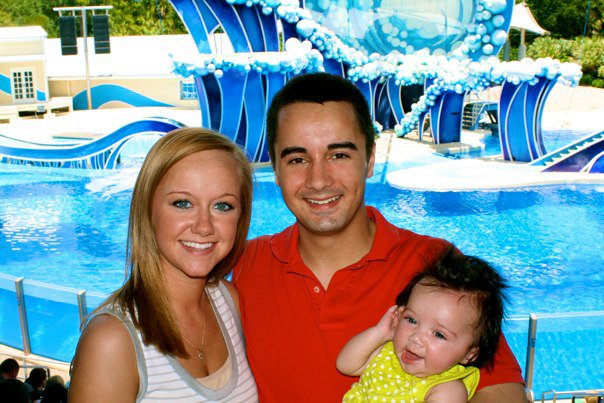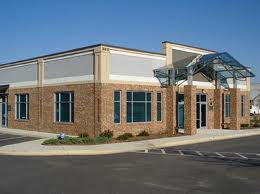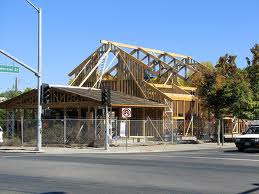The stock market is down another 600 points today, after being down more than 500 points last Thursday. What will the future look like?
It's time to wake up, folks. The recession of 2007 to 2009 wasn't just a deep recession. The approaching follow-up recession probably won't just be a double-dip of the same magnitude. It will probably be much, much worse. Historians may someday write that the Second Great Depression started in 2007, and, like the Great Depression that started in 1929, it consisted of at least three consecutive recessions.
Here's what you can expect:
The stock market will probably suffer a long, painful bear market that may last for more than a decade. Japan's bear market has lasted for 22 years so far. The Dow Jones Industrial Average may fall below 6,000.
Interest rates will probably stay low. After all, a great many corporations and credit-worthy borrowers are too frightened now to borrow. Prices of many goods and services will, by necessity, decline. Yields on 30-year Treasury bonds may someday fall below 2.0%. They aren't far off that number already.
Deflation, not inflation, will be the default trend. Doubt this? Oil has already dropped below $86 per barrel. I wouldn't fall off my chair if oil dropped to less than $40 per barrel within a few years. Remember, cars are becoming MUCH more fuel efficient, and it has been suggested that the world has already reached peak oil CONSUMPTION. (Note: I did not say production. I said consumption.)
Residential real estate is toast. I expect home prices to fall another 40% to 50% from here. Real wages are declining, and millions of qualified workers cannot find jobs. Even worse, tens of millions of homeowners are drowning in mortgage debt, and they are upside down on their homes. What incentive do they have to keep making their payments?
But what about commercial real estate? Fully-leased commercial real estate will probably NOT plunge in value, if only because competing interest rates are so low. As John Mauldin, the widely-read economics author, recently wrote, "I am am bullish on income."
That being said, however, the banks are already stuck with several trillion dollars in legacy commercial real estate loans. They are under intense pressure from the regulators to get these troubled commercial mortgages off their books. With commercial real estate values likely to deteriorate by at least 3% per year for the forseeable future, it is hard to see many banks making many new commercial real estate loans.
The only commercial lenders making commercial real estate loans for the next seven to ten years will probably be the private money (hard money) lenders. Therefore, if you are a commercial property owner and you simply must borrow, you should steel yourself to paying 10% to 12% rates.
If you are a commercial mortgage broker, you should find yourself a reliable hard money commercial lender, like Blackburne & Sons, and start rushing packages to them. After today, those commercial loans that you had working at the bank are pretty much dead.







 loan that he was working on. I kept thinking to myself, "This guy must be smokin' crack."
loan that he was working on. I kept thinking to myself, "This guy must be smokin' crack."







 from Indiana and is moving them to Sacramento, California. He will be soon be working from the Sacramento office of
from Indiana and is moving them to Sacramento, California. He will be soon be working from the Sacramento office of  commercial loans called a participation mortgage. Rather than make a new hard money commercial mortgage at 13.9%, we might now make the same loan at just 7.9%. The loan, however, would have an income kicker and an equity kicker.
commercial loans called a participation mortgage. Rather than make a new hard money commercial mortgage at 13.9%, we might now make the same loan at just 7.9%. The loan, however, would have an income kicker and an equity kicker.


 days. I always figured that it was because the banks were just too darned scared to make new commercial construction loans. After all, commercial real estate has fallen by 40%, and many commercial banks have suffered immense losses on commercial construction lending.
days. I always figured that it was because the banks were just too darned scared to make new commercial construction loans. After all, commercial real estate has fallen by 40%, and many commercial banks have suffered immense losses on commercial construction lending.

